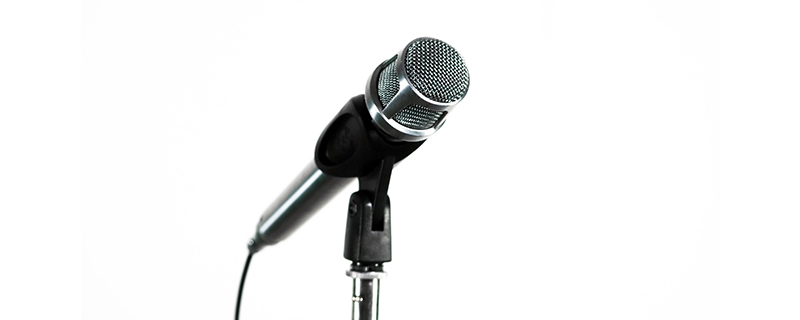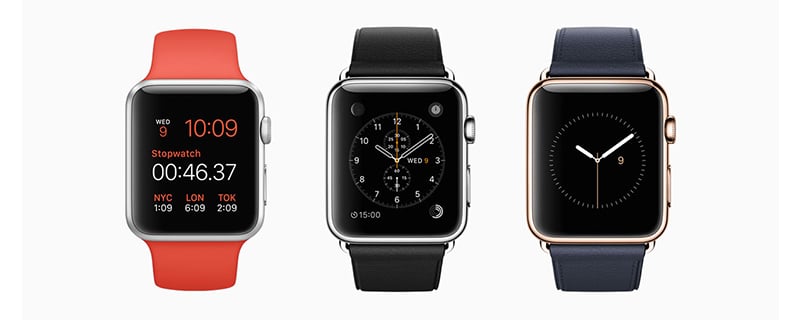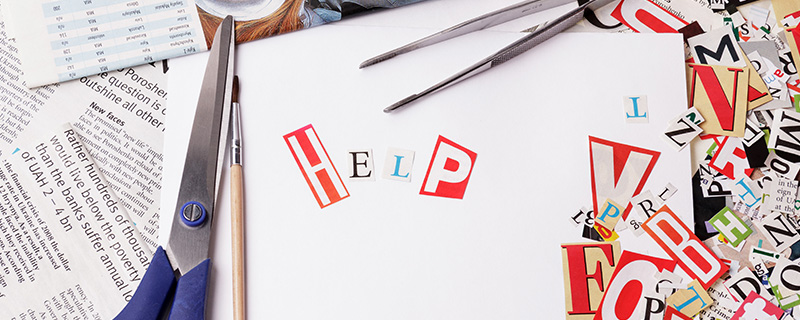Most online videos you’ll see around on the inner webs have one big thing in common:
The audio sucks really, really bad!
And it doesn’t have to!
In fact, I will show you in this blog post how, with some simple tools and some preparation, you can take ANY microphone and make it sound like you are recording your voice in a professional studio.
Why Use A Microphone For Online Video?
Always use an external microphone if you can. The sound of your camera will suck always big time and can only be used when seated or standing quite close to the camera in a very quiet room.
Even then, you will often hear the intern motor of the camera alongside your voice and you will certainly pick up a lot of “room noise”
Which Microphone Do You Use Best?
It is recommended that you use a clip microphone for most “talking head” videos or interviews.
The best clip mics around are definitely Lavalier, which you can buy anywhere.
How To Use A Clip Microphone?
Various options here: 
For a video where you sit or stand still in front of the camera, you can be “wired” because the wire will go under your shirt and when needed taped to the back of your pants.
In this case you can plug the microphone directly into the camera.
If you want to work “wireless”, in case you are filmed in a wide shot or walking around, you have different options:
- Plug your microphone into a digital voice recorder, press rec and put it in your back pocket. Sync up the video and audio afterwards in the editing process.
- Plug your microphone into your iPhone (or other smart device), you can use any of the voice recording apps out there like for instance the Apple Voice Memo app. Press rec and put the iPhone in your back pocket. You will also have to sync up the video and audio afterwards in the video editing process. To plug in a Lavalier mic you will need an iPhone microphone adapter.
- Use a Sennheiser wireless system that you can plug in directly into your camera. This is the best, easiest and most professional solution but it will cost you a couple of hundreds though.
How To Easily Sync The Audio And The Video In The Editing Process
 Before you start your presentation or whatever you want to shoot, use something that is called a “slate” or a “clapboard”, you probably have seen it before. Put the camera in recording and clap the thing together.
Before you start your presentation or whatever you want to shoot, use something that is called a “slate” or a “clapboard”, you probably have seen it before. Put the camera in recording and clap the thing together.
In the editing afterwards, when you import your audio file, you will see a huge spike in the wave form where you clapped the slate. Place this spike right under the frame where you see the slate come together in the picture.
This may require moving the audio a few frames forward and backward until it matches perfectly.
If you don’t have a slate you can clap your hands together.
What Microphone To Use When Doing A Screencast?
When doing a screencast video you can use a USB microphone or a USB headset like the Logitec G330 or something similar.
When using a headset make sure that the microphone is not right in front of your mouth, it’s better to turn it right under your chin to avoid too much plosive sounds, breathing sounds and lip smacking sounds.
How To Make Your Voice Recording Sound Really Really Professional?
When your video is edited, before exporting the whole thing to a file, first only export the audio to .wav. On this audio track you want to apply some filters that will make it sound GREAT!
For audio editing I use Adobe Audition, but you can also use Apple’s Garage Band or the free Audacity. Even Camtasia and Screenflow have some audio editing filters built in.
No matter what kind of recording you made and what audio software you use, some basic principles apply to all. You want to get rid of the background noise and you want your voice to sound warm and rich.
To clean up silent parts, use the “Denoiser” or “Noise Redution” filter
To even out the volume levels, use a compressor filter like “Dynamics Processing”
You can apply some other filters if you would like to do so, like the “voice over filter” or “hard limiting”. Just play around with the different filters and find a way how you can make your voice really stand out.
Save your new audio file and bring it back into your video editing software, replace it with the old audio or “overwrite” it and then you can export your video.
Applying these audio filters will make your audio sound 100% better so be sure to try them out on your next audio recording.
Do you know someone that may benefit from this information? Please forward them this blog post.







FERNANDO BIZ
on 30 Jul 2013Rebekka Deforce
on 30 Jul 2013Ad van Buel
on 30 Jul 2013Rebekka Deforce
on 30 Jul 2013Henk van der Wijk
on 30 Jul 2013Rebekka Deforce
on 30 Jul 2013Matthew
on 31 Jul 2013Rebekka Deforce
on 31 Jul 2013Joseph Michael
on 31 Jul 2013Rebekka Deforce
on 31 Jul 2013